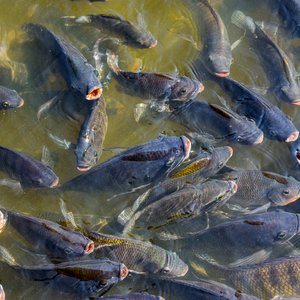A thorough analysis of farmed salmon conducted in the past decade shows that the content of most undesirable substances has been reduced. This is the first time NIFES has published data based on so many farmed salmon samples.
NIFES has investigated the content of undesirable substances such as dioxin, dioxin-like PCBs, PCB6, heavy metals and pesticides in farmed salmon in the past decade.
The results, which are published in a new article, show that the content of most of these substances is decreasing.
“We wanted to study the amount of undesirable substances in farmed fish over time, in a relatively large number of samples. The data show that farmed salmon is safe to eat,” says Ole Jakob Nøstbakken, scientist at NIFES.
More than 2,300 samples were analyzed, and none of them contained more than the maximum limits for undesirable substances. Nøstbakken said there is an exception to the downward trend, namely the content of PCB6 and pesticides, which were at approximately the same level throughout the period.
“The transition from marine ingredients, fishmeal and fish oil, to vegetable ingredients in salmon feed is the cause of the reduction in environmental toxins,” he says.
Every year, NIFES monitors undesirable and illegal substances in farmed salmon on assignment for the Norwegian Food Safety Authority, and it is samples taken in that context from 1999 to 2011 that form the basis for the article. This monitoring is regulated by European regulations.
The data are also included in the report from the Norwegian Scientific Committee for Food Safety (VKM), which was published in December 2014. The report concludes that farmed salmon is safe to eat, and that, with the current level of environmental toxins in farmed fish and wild fish, not even hearty fish eaters consume harmful amounts of PCBs, dioxin and mercury from fish. It also underlines that there is no longer any reason to limit the consumption of fatty fish, not even among pregnant women.







